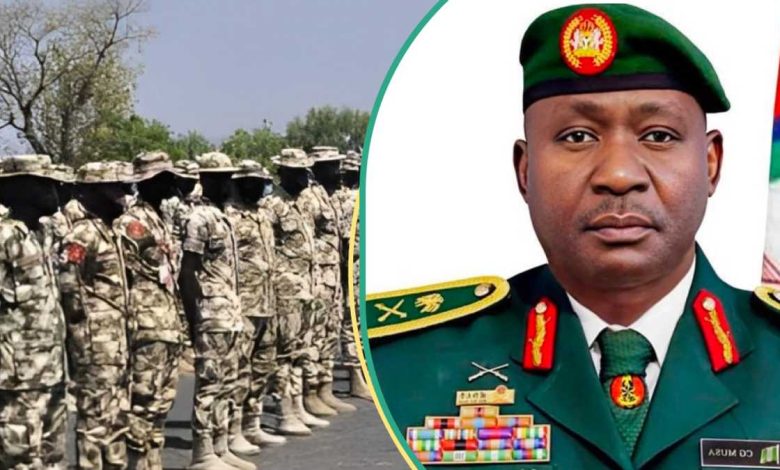ARTICLE AD
Israel conducted one of its most significant airstrikes against Hezbollah last week, targeting the Iran-backed militant group and resulting in the deaths of seven high-ranking commanders. This operation not only claimed the lives of key leaders but also resulted in the loss of hundreds of civilian lives, including women and children, intensifying the already volatile situation in the Middle East.
The strike was prompted by Hezbollah’s involvement in supporting Hamas in the Gaza Strip, following a severe attack on southern Israel on October 7, 2023. The death of prominent figures such as Hezbollah’s leader, Hassan Nasrallah, and deputy head Nabil Kaouk is expected to have profound consequences, potentially destabilizing Hezbollah’s leadership and giving Israel a strategic advantage.
Experts believe that this recent assault marks a departure from previous actions taken against Hezbollah. One military analyst likened the significance of Nasrallah’s death to that of Osama Bin Laden, highlighting the impact of this “full decapitation” of the group’s leadership.
Key Figures Killed in the Strike:
Hassan Nasrallah: As the leader of Hezbollah since 1992, Nasrallah transformed the group into a formidable political and military force in Lebanon. He was instrumental in supporting regional allies, including the Syrian government during the 2011 uprising, and was pivotal in strengthening Iran-backed groups across the region.
Nabil Kaouk: Serving as the deputy head of Hezbollah’s Central Council, Kaouk was a veteran member of the group, having joined in the 1980s. He was viewed as a possible successor to Nasrallah and held various military roles in southern Lebanon.
Ibrahim Akil: A prominent commander of Hezbollah’s elite Radwan Forces, Akil had been on the U.S. wanted list for years. He was implicated in several high-profile attacks, including the 1983 bombing of the U.S. Embassy in Beirut.
Ahmad Wehbe: As a commander of the Radwan Forces, Wehbe played a vital role in the group’s operations since its inception nearly twenty years ago. He was killed alongside Akil in the airstrike.
Ali Karaki: Leading Hezbollah’s southern front, Karaki was regarded as a key figure in the organization’s military hierarchy.
Mohammad Surour: The head of Hezbollah’s drone unit, Surour oversaw the group’s use of drone technology against Israel for the first time in the ongoing conflict.
Ibrahim Kobeissi: Responsible for Hezbollah’s missile unit, Kobeissi was allegedly involved in the kidnapping and killing of three Israeli soldiers in 2000.
This decisive strike against Hezbollah is expected to reverberate across the region, potentially escalating tensions and altering the balance of power in the ongoing conflict.

 (2).png) 1 month ago
15
1 month ago
15 
